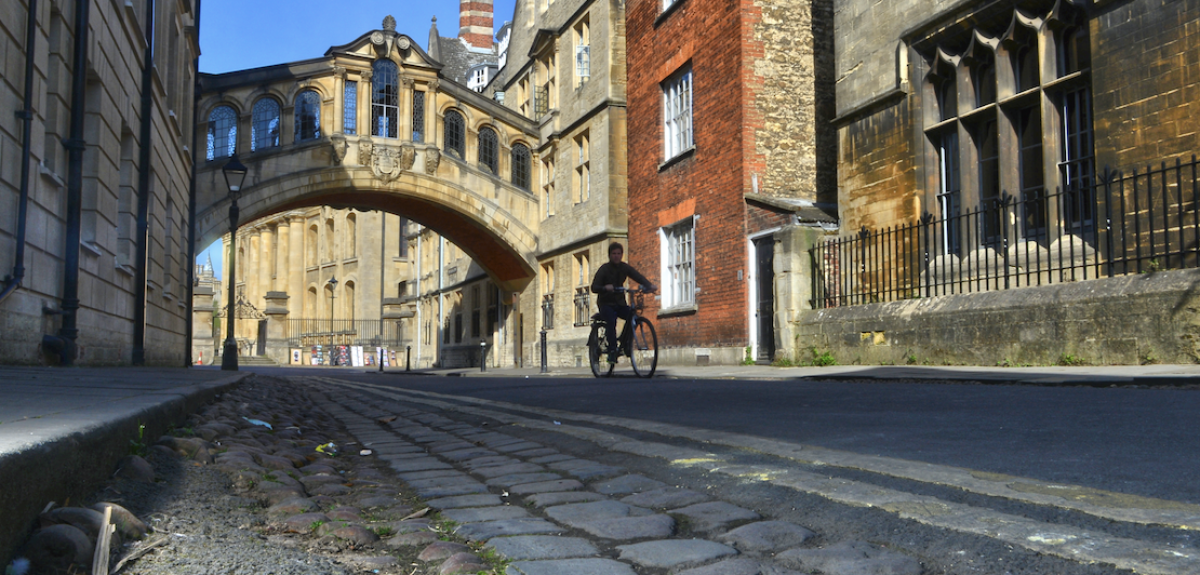
Cycle safety in Oxford
Two members of our University community have been killed in traffic collisions while cycling in Oxford this year. Ellen Moilanen, Reuben College’s Academic Administrator, died on 8 February near Oxford Parkway Station and Ling Felce, a postdoctoral scientist at both the Nuffield Department of Medicine and Radcliffe Department of Medicine, died on 1 March at The Plain roundabout. The University expresses its sincere condolences to family and friends of both Ellen and Ling and is working on mitigating measures which might prevent future cyclist deaths.
University position on road safety
As both recent deaths involved HGVs, the University is working on mitigating measures which might prevent future cyclist deaths, including:
- requesting an urgent meeting of the Oxford Growth Group (including the University, colleges, Oxfordshire County Council and the district councils) to push for investment to improving safety at roundabouts
- considering how the University can take action to improve the safety of how it operates HGVs as part of its many construction projects.
University mental health services
All students at Oxford have free access to Togetherall, an online peer-to-peer support community offering discussions mediated by mental health professionals, as well as self-learning courses and resources. You can register for free using your Oxford email (select "I'm from a University or College") and access the service 24/7.
If you are personally affected by these events, please do take advantage of the University’s Counselling Service.
Cycling in Oxford
Read Oxford SUs guide to cycling in Oxford, including how to get free bike checks, finding quiet routes and cycle training.
See and be seen
When cycling in the dark, you must have white front and red rear lights as well as a red rear reflector. You can use flashing lights but if you are riding in areas without street lighting, it’s better to use a steady front lamp.
If you choose to wear a helmet, make sure it fits correctly. It’s also a good idea to wear light-coloured, fluorescent or reflective clothing or accessories that help other road users to see you in daylight and poor light. Read the latest changes to The Highway Code, effective of 29 January 2022.
 Student story: From refugee camps to Oxford
Student story: From refugee camps to Oxford
 Transcript: Vice-Chancellor's start of Hilary 2026 student message
Transcript: Vice-Chancellor's start of Hilary 2026 student message
 Transcript: Vice-Chancellor's end of Michaelmas 2025 student message
Transcript: Vice-Chancellor's end of Michaelmas 2025 student message
 Student social media content creator opportunities
Student social media content creator opportunities
 Welfare blog: Advice for care-experienced or estranged students over the winter vacation
Welfare blog: Advice for care-experienced or estranged students over the winter vacation